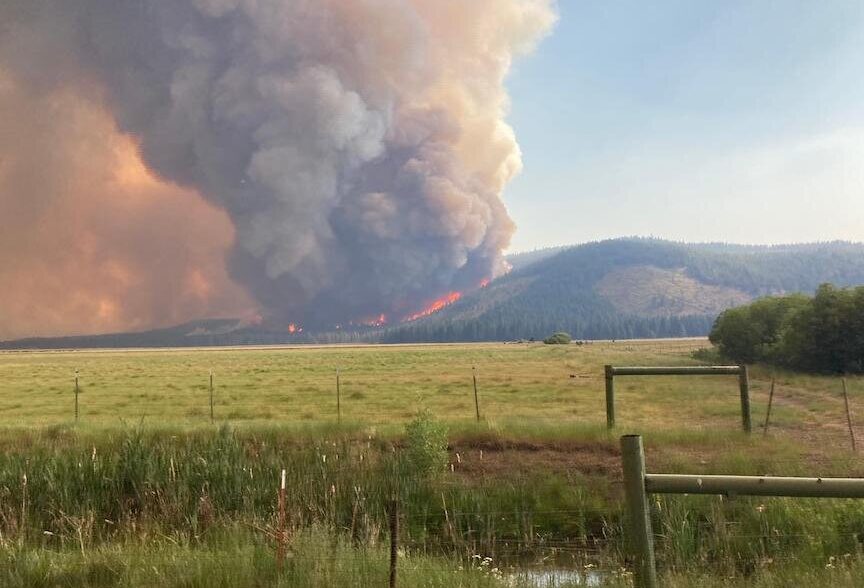Forester’s Notes: The Pyrocene and the 2021 Wildfire Season


Our fire season has become what fire scientist, Stephen Pyne, calls “the Pyrocene,” where the impacts of historical management of forests and a changing climate are becoming impossible to ignore.
Written by: Peter Wyrsch
Photo credit: USFS – Brandon Dethlefs
There’s a lot happening right now in the fire world. On August 19, the U.S. Forest Service closed nine National Forests in Northern California due to the intense risk of fire on that landscape and, although Oregon’s Bootleg Fire is 100% contained, the Dixie Fire has now burned across the Sierra Nevada mountain range and into the Cascades. Firefighting personnel are exhausted and, with fires burning in Minnesota, British Columbia, Siberia, and continental Europe, it doesn’t look like wildfire will be out of the news cycle anytime soon.
Our fire season has become what fire scientist, Stephen Pyne, calls “the Pyrocene,” where the impacts of historical management of forests and a changing climate are becoming impossible to ignore. In this moment, fire scientists are more visible and vocal than ever before about their work. They’re appearing on podcasts discussing, the field of fire ecology as a whole, and the historical impact of indigenous burning. Veteran Forest Service researchers, like Paul Hessburg, are publishing extensively on how our forest have changed structurally, and what impact climate change is having on forest resilience. And all of this is happening just as a a team of over 250 scientists with the UN’s Intergovernmental Panel on Climate Change has published their 6th assessment of how human activities are impacting our world.
Given all of this context, an interview with U.S. Secretary of Agriculture, Tom Vislack, caught our eye earlier this month. In a conversation with Bill Gabbert of Wildfire Today, the secretary noted,
“We are prepared to do a better job [of forest management] if we have the resources to be able to do this… Candidly, I think it’s fair to say over the generations and decades, we have tried to do this job on the cheap. We have tried to get by, a little here, a little there, with a little forest management here, a little fire suppression over here, but the reality is this has caught up to us.
“We have to significantly beef up our capacity. We have to have more boots on the ground… And we have to make sure our firefighters are better compensated. Governor, that will happen.
“We need to do a better job, and more, forest management to reduce the risk of catastrophic fire.”
Our take-away is simple: a single policy or funding fix won’t solve the problem of catastrophic wildfire in the west. It’s going to take diverse groups of people and institutions coming together to recognize the threat we’re facing and agreeing to work together to solve wicked problems at scale. Blue Forest is grateful for the support of our partners in developing financial solutions to forest management. Our thoughts are with those affected by these fires, and those battling the flames. We look forward to working as a team to address the Pyrocene together.